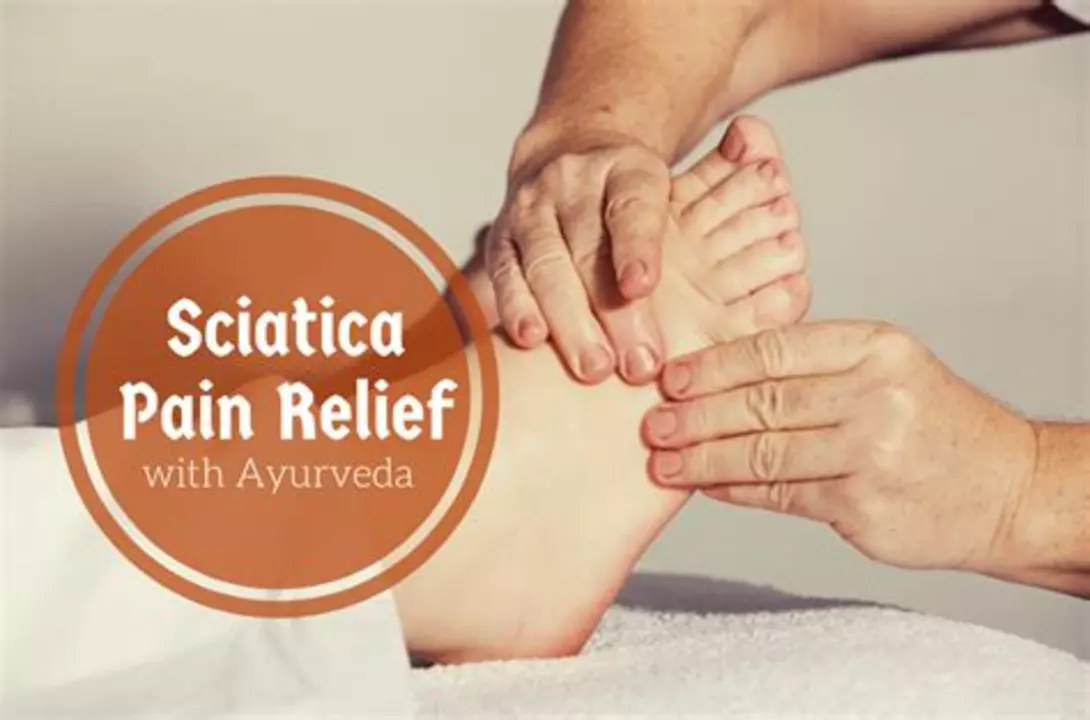Ovulation Pain: What It Feels Like and How to Handle It
Feeling a sharp twinge or dull cramp in the middle of your cycle? That’s often ovulation pain, also called Mittelschmerz. It usually shows up around mid-cycle, on one side of your lower belly, and can last from a few minutes to a couple of days. Knowing what’s normal and what isn’t helps you avoid unnecessary worry and get the right care fast.
What causes ovulation pain and how it feels
Ovulation pain comes from the ovary releasing an egg. As the follicle grows it can stretch the ovary and nearby tissue. When the follicle bursts, tiny amounts of fluid or blood can irritate the abdominal lining and cause pain. The feeling varies — some people get a light tug, others a sharp cramp. You might also notice light spotting, increased cervical mucus, or a change in discharge.
Usually it’s on one side only and repeats around the same time each month. If the pain suddenly switches sides, becomes much worse than usual, or is accompanied by fever or heavy bleeding, don’t assume it’s just ovulation — other issues like ovarian cysts, endometriosis, pelvic inflammatory disease, or an ectopic pregnancy can cause similar symptoms.
Quick relief tips and when to see a doctor
Want quick, practical relief? Try a warm heat pack on your lower belly, a warm bath, and over-the-counter pain relievers such as ibuprofen or naproxen (follow package directions or your doctor’s advice). Rest, gentle walking, and staying hydrated often helps too. If ovulation pain interferes with your life, hormonal birth control can usually stop ovulation and reduce the pain.
Keep a simple log: note the day of your cycle, pain intensity, how long it lasts, and any other symptoms. This record makes appointments easier and speeds up diagnosis.
See a doctor right away if you have: sudden severe pain, fainting, high fever, heavy bleeding, repeated vomiting, or if you might be pregnant. Your provider may do a pelvic exam, pregnancy test, ultrasound, or blood tests to rule out serious causes. In rare cases, laparoscopy might be needed to find the problem.
If your ovulation pain is mild and follows a predictable pattern, it’s usually harmless. But if the pattern changes or the pain gets worse, get evaluated. Tracking your cycle and symptoms gives you control and helps your clinician give targeted advice fast.
Questions for your visit: When did the pain start in your cycle? Is it always on the same side? Any spotting or fever? Has anything changed in your birth control? These quick details help your clinician figure out whether it's simple Mittelschmerz or something that needs treatment.
Don't brush off new or intense pelvic pain. A short checkup can save a lot of hassle and keep you comfortable. Track, treat simply at home when safe, and ask for help when things feel off.
Ovulation pain can be quite bothersome for some women, as it occurs when the ovary releases an egg during the menstrual cycle. The most common cause of this discomfort is the stretching of the ovary when the egg is expelled, although other factors may also contribute. Symptoms often include mild to moderate pain on one side of the lower abdomen, which may last for a few hours or even days. Some relief options include over-the-counter pain relievers, applying heat to the affected area, or taking a warm bath. It's important to consult a healthcare professional if the pain becomes severe or doesn't improve, as it could indicate a more serious issue.

